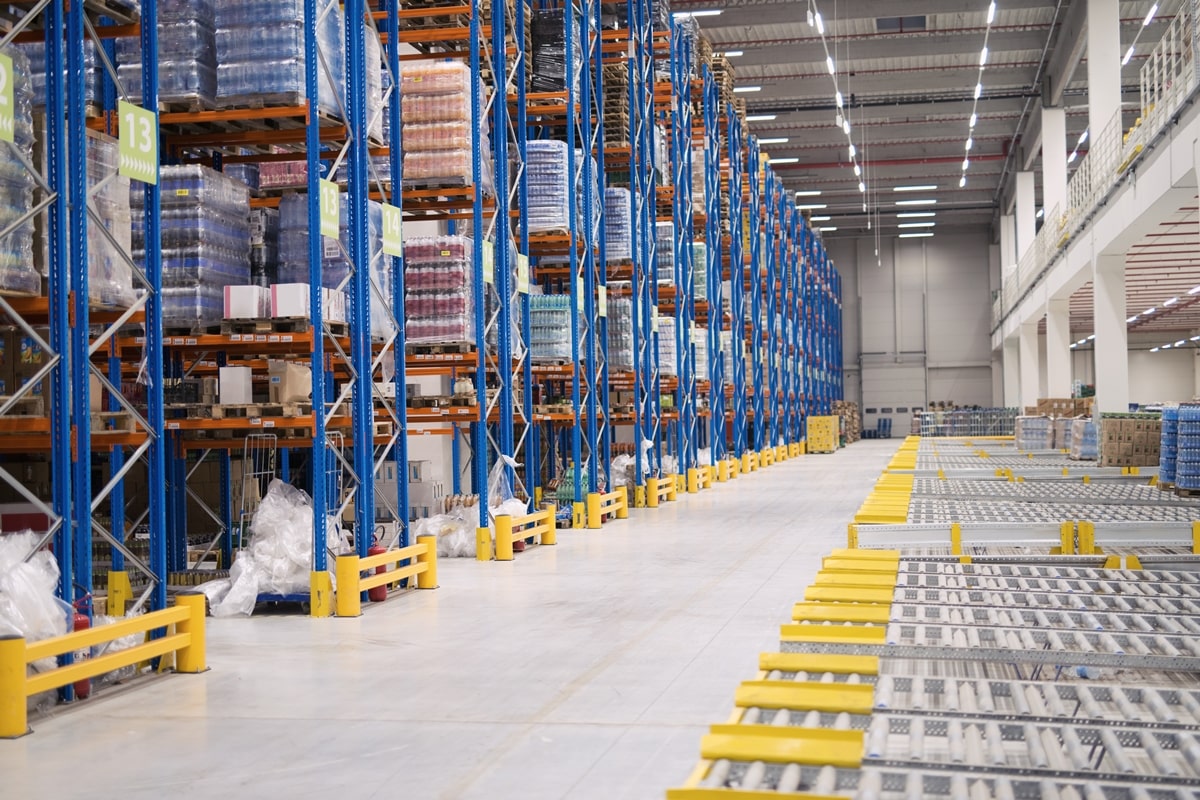Industrial storage systems play a critical role across a wide range of sectors, from manufacturing and logistics to e-commerce and retail. These systems are essential not only for storing materials but also for ensuring operational efficiency, space optimization, and most importantly, employee safety.

If warehouse racking systems are not properly planned or installed according to safety standards, they can cause serious workplace accidents and financial losses.
Therefore, ensuring safety in industrial racking systems is not just a choice—it is a legal and ethical obligation.
How can safety be ensured? Which standards should be followed? What are the key criteria to consider in practice?
In this article, we will cover the essential principles and correct practices for maintaining safety in industrial racking systems in detail.
1. The Foundation of Safety: Proper Design and Engineering
Every business has unique storage needs.
Failing to select the right type of racking—whether it's heavy-duty racks, light-load systems, mobile shelving, drive-in racks, or cantilever racks—can compromise system balance and durability.
Key considerations:
- Load capacities must be determined based on professional engineering calculations.
- Seismic-resistant systems should be used in earthquake-prone areas.
- Rack height, depth, and aisle widths must comply with occupational health and safety regulations.
2. Static Load Capacity: How Much Can the Racks Hold?
The maximum load capacity of a racking system depends on many factors, including material quality, connection methods, upright profiles, and beam lengths.
This capacity must be clearly stated for each shelf level and must never be exceeded.
Important practices:
- Load capacity labels must be visibly placed on each shelf level.
- Loads must be evenly distributed; weight should not be concentrated at a single point.
- In palletized storage, the center of gravity must be compatible with the rack structure.
3. Protection Against Impact: Measures Against Physical Contact
In warehouses where forklifts and pallet jacks are frequently used, racking systems are at risk of impact damage—especially at the lower sections.
Preventive measures:
- Install steel protective barriers or impact guards at the base of every rack upright.
- Set forklift speed limits in narrow aisles and provide operator training.
- Use steel guide rails along the rack rows to minimize collision risks.
4. Periodic Inspection and Maintenance: Detect Hidden Hazards Early
Building a safe racking system is not enough on its own.
Over time, issues such as loosening, deformation, corrosion, or material fatigue can threaten system integrity.
Maintenance and inspection should include:
- Annual professional inspections conducted by certified inspection firms, at minimum once per year.
- Monthly visual inspections carried out by in-house technical teams.
- Immediate decommissioning and repair of any structures showing signs of cracking, bending, or loose bolts.
- Regular tightening and checking of rivets and connection points.
5. Training and Awareness: People Are the Key to Safe Use
No system is safer than the people who use it.
Regular training for employees is essential to ensure proper and careful use of racking systems.
Key training topics:
- Loading and unloading procedures,
- Balance and load distribution principles,
- Maximum load capacity limitations,
- Interpretation of hazard warning signs,
- Emergency response protocols.
Additionally, visual aids such as directional signs, speed limit notices, and warning panels should be installed throughout the warehouse.
Such measures positively influence employee behavior and significantly reduce accident risks.
Safety is a Necessity, Not an Investment
When properly designed, industrial racking systems offer more than just storage—they enhance operational efficiency, continuity, and safety.
However, to sustain these benefits, it is crucial to choose systems that comply with national and international safety standards, apply correct practices, and maintain continuous inspection and maintenance programs.
Step into Secure Storage with Setraf
At Setraf, we provide not only durable industrial racking systems but also safety-oriented solutions.
Contact us today to enhance your warehouse safety, prevent workplace accidents, and build a sustainable storage structure.






